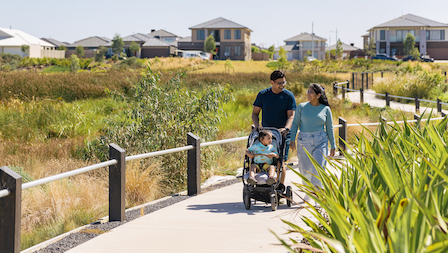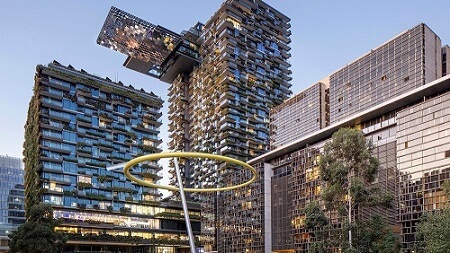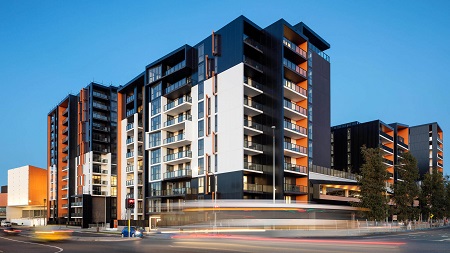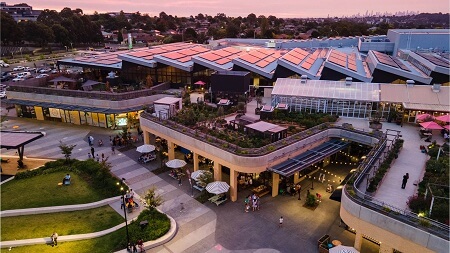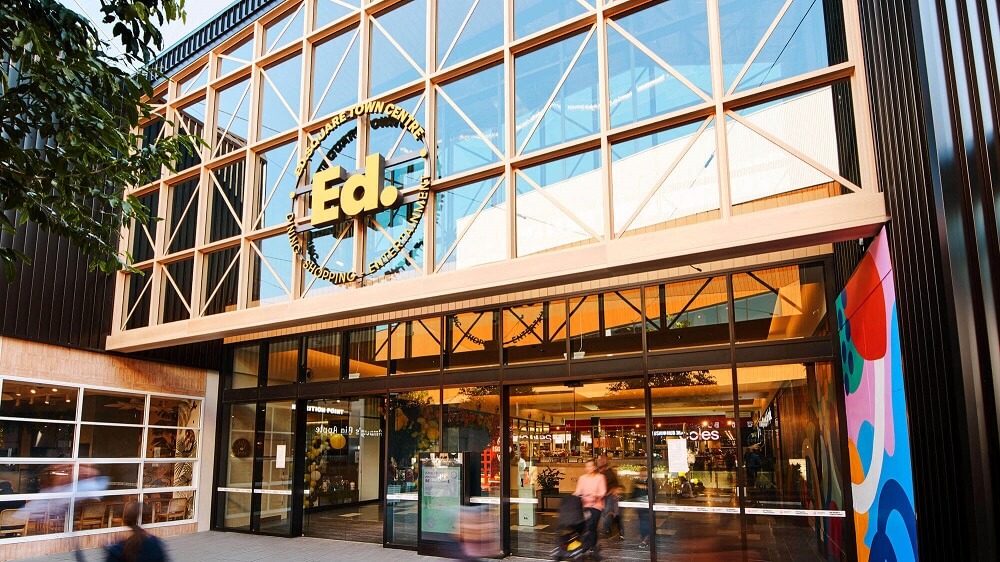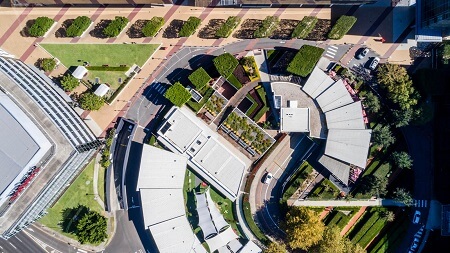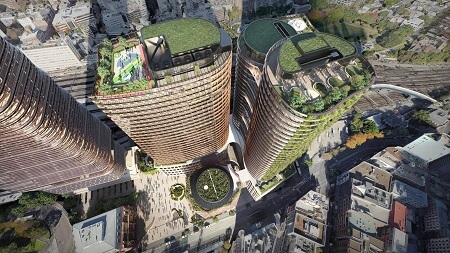Retail
Proudly by Frasers Property Australia
About Frasers Property Retail
At Frasers Property Australia, we exist to create belonging in stronger, smarter, happier neighbourhoods, and our shopping centres are core to this purpose.
- 65+ national and international awards to date
- 95,000+ sqm retail delivered since 2013
- Minimum 5 Star Green Star Ratings across our shopping centres
Connected communities
Our retail centres are the natural heart of their local communities, creating connections to enhance the way people live life together.
Our centres are beautifully designed places with emphasis on environmental and social sustainability, with a retail mix reflecting the local community, with amenities serving as an extension to the homes of local residents, and with spaces providing elevated comfort for people to shop, socialise, relax, dine and be entertained.
Leasing opportunities
Explore our retail centres and get in touch with our dedicated leasing team.
Leasing
World-leading 6 star Green Star ratings.
Leasing now
A platform to showcase your brand
Our shopping centres provide a range of pop-up, short-term and casual leasing opportunities to showcase your brand. We offer retailers and brands a powerful range of marketing solution platforms to connect with a large and valuable customer audience, including promotional and pop-up, media advertising and campaign services.
Lease with us



